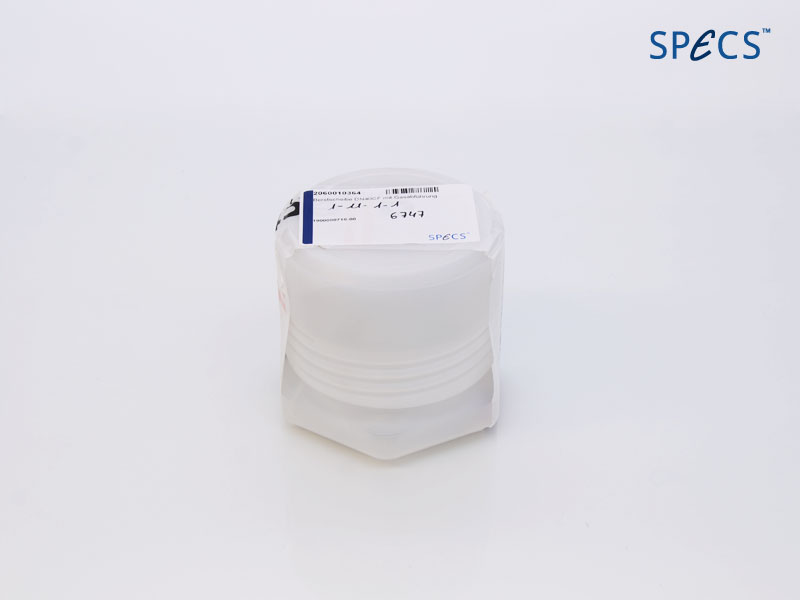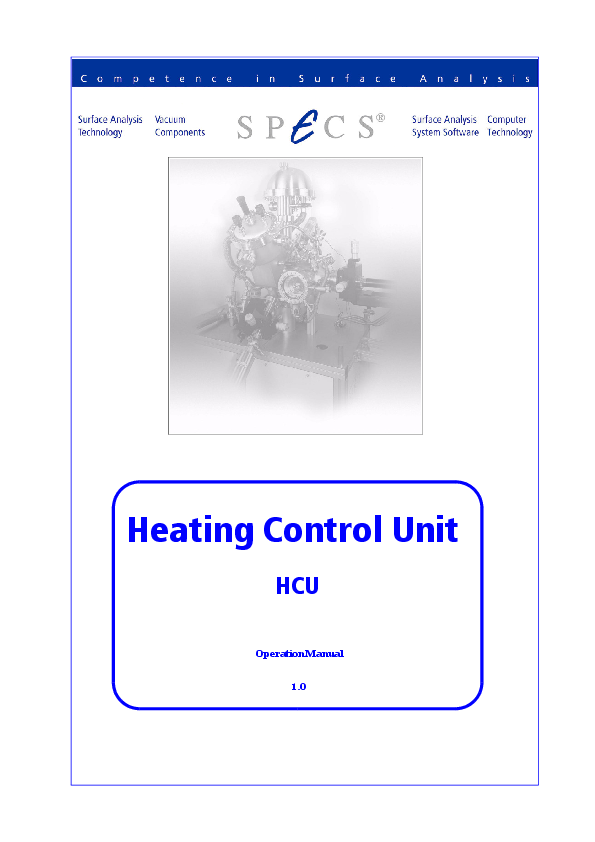 Detail
DetailHPC 20
High Pressure Cell for Surface Analysis Applications
HPC 20 is a high pressure cell for SPECS System Modules designed to simulate and model catalytic and other high pressure processes on sample surfaces. Specialized design with minimized reaction volume and chamber in chamber design with water cooled inner chamber and special sealing mechanism for operation up to 20 bar. SPECS has implemented a special heating mechanism by halogen lamp which only heats the reactive sample area and therefore prevents reactions at other surfaces and allows heating in reaction conditions up to 800 °C. The high pressure cell works with a wide range of gases including O2, CO2, N2, H2, and all inert gases. The sample handling is designed for SPECS type SH 2/12 sample plates for up to 10 mm x 10 mm sample size. In combination with surface analysis systems, other experiments like XPS, AES or UPS are possible.





